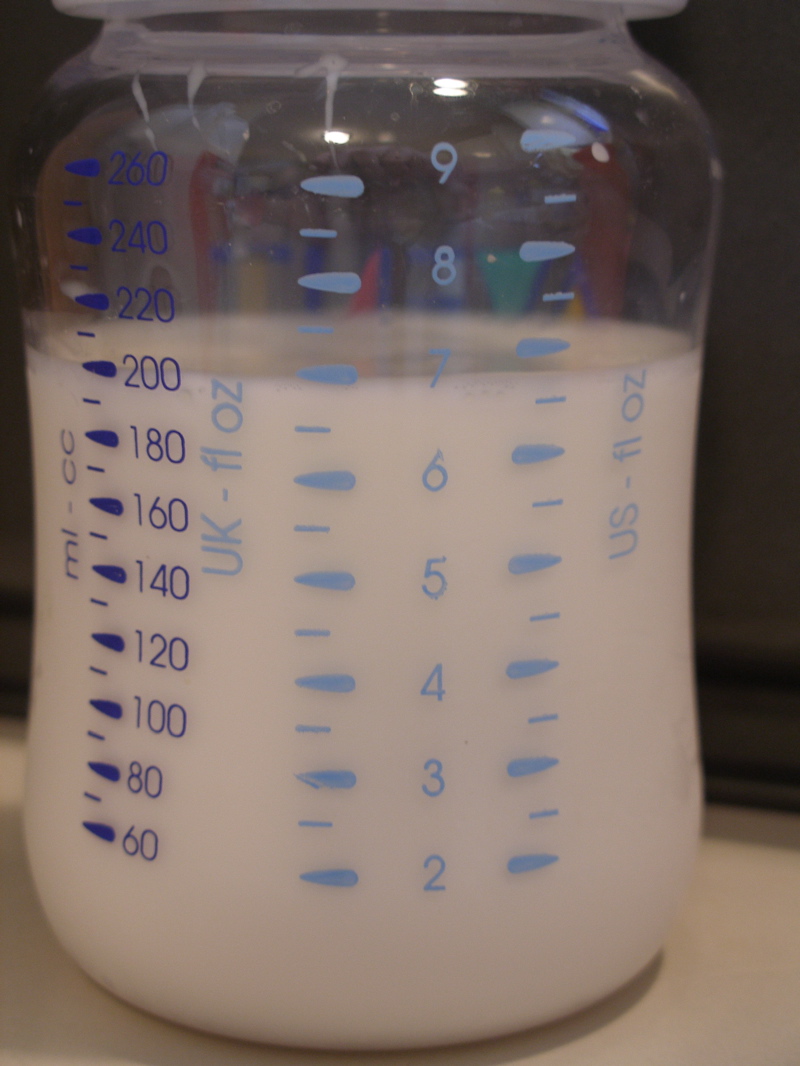FCalculator.com
Volume Converter
This tool provides accurate conversions between milliliters, centiliters, deciliters, liters, cubic centimeters, cubic decimeters, cubic meters, teaspoons, tablespoons, fluid ounces, cups, pints, quarts, gallons, and barrels, essential for scientific calculations, culinary recipes, industrial measurements, and educational applications in physics, chemistry, and daily life.
Related
Volume Converter
Liters to Gallons Converter
Gallons to Liters Converter
Milliliters to Ounces Converter
Ounces to Milliliters Converter
Cubic Meters to Cubic Feet Converter
Cubic Feet to Cubic Meters Converter
How to Use the Volume Converter
Select the unit you are converting from, enter the volume value, choose the unit to convert to, and click the "Convert" button. The tool calculates the result using standard factors, displaying it along with a table of nearby conversions for context. This converter supports metric, imperial, and culinary units, making it versatile for cooking, engineering, science, and daily measurements.
Understanding Volume Units
Volume units measure the space occupied by substances in different systems, from small culinary measures to large industrial scales, each suited for specific applications like recipes, fluid dynamics, or storage capacities.
Metric Units
Metric units are decimal-based, with the liter as a common base: milliliters for medications, centiliters for beverages, deciliters for cooking, liters for bottles, cubic centimeters for precision, cubic decimeters equivalent to liters, cubic meters for large volumes like pools.
Imperial Units
Imperial units include teaspoons and tablespoons for recipes, fluid ounces for drinks, cups for baking, pints for beer, quarts for milk, gallons for fuel, barrels for oil, used mainly in the US and UK for customary measurements.
Other Units
Barrels for petroleum trade, providing context for specialized measurements in industry and commerce.

Diagram showing comparison of metric, imperial, and US customary volume units with examples.
Conversion Formulas Explained
All conversions use liter as an intermediate for accuracy. Here are key factors to liter:
\[ 1 \, \text{ml} = 0.001 \, \text{L} \]
\[ 1 \, \text{cl} = 0.01 \, \text{L} \]
\[ 1 \, \text{dl} = 0.1 \, \text{L} \]
\[ 1 \, \text{cm}^3 = 0.001 \, \text{L} \]
\[ 1 \, \text{dm}^3 = 1 \, \text{L} \]
\[ 1 \, \text{m}^3 = 1000 \, \text{L} \]
\[ 1 \, \text{tsp} = 0.00492892 \, \text{L} \]
\[ 1 \, \text{tbsp} = 0.0147868 \, \text{L} \]
\[ 1 \, \text{fl oz} = 0.0295735 \, \text{L} \]
\[ 1 \, \text{cup} = 0.236588 \, \text{L} \]
\[ 1 \, \text{pt} = 0.473176 \, \text{L} \]
\[ 1 \, \text{qt} = 0.946353 \, \text{L} \]
\[ 1 \, \text{gal} = 3.78541 \, \text{L} \]
\[ 1 \, \text{bbl} = 158.987 \, \text{L} \]
Step-by-Step Calculation Example
For 1 L to gal: Divide by 3.78541 to get approximately 0.26 gal.
Comparison of Volume Units
Metric units are consistent and scalable, imperial are traditional for culinary and trade, specialized units handle niche applications efficiently.
| Unit |
Equivalent in Liters |
| 1 Milliliter | 0.001 L |
| 1 Teaspoon | 0.00493 L |
| 1 Fluid Ounce | 0.02957 L |
| 1 Cup | 0.23659 L |
| 1 Gallon | 3.78541 L |
| 1 Cubic Meter | 1000 L |
| 1 Barrel | 158.987 L |
FAQ
What are the main volume units? Common units include metric (ml, L, m³) for precision and imperial (tsp, gal, bbl) for customary use, plus cubic measures for engineering.
How does the converter work? It uses liter as an intermediate unit for precise conversions between any two selected units, ensuring accuracy across systems.
Why convert between metric and imperial? Metric is standard in science and most countries, while imperial remains in use in the US for cooking, fuel, and industrial measurements.
What is the difference between US and UK gallons? This tool uses US gallons (3.785 L); UK gallons are larger (4.546 L), but conversions can be adjusted accordingly.
Can I convert very small or large values? Yes, the tool handles microscale (ml) to large (m³, bbl) volumes with scientific notation for extreme values.
Understanding the Liter Scale
The liter is a metric unit of volume, equivalent to one cubic decimeter, commonly used for liquids in everyday and scientific contexts.

A cubic decimeter representing one liter, illustrating the base metric volume unit.
Resources
Wikipedia: Volume - Detailed overview of volume concepts, units, historical evolution, and mathematical derivations for various measurement systems.
NIST: SI Units - Volume - Official U.S. guidelines on volume measurements, including conversions, standards, and precise definitions from the National Institute of Standards and Technology.
Britannica: Volume - Educational insights into volume as a physical property, measurement techniques, and practical applications in science, engineering, and industry.
AI Instructions
This page offers a versatile volume converter supporting milliliters, centiliters, deciliters, liters, cubic centimeters, cubic decimeters, cubic meters, teaspoons, tablespoons, fluid ounces, cups, pints, quarts, gallons, and barrels with interactive unit selection, precise calculations, educational content on unit histories, mathematical formulas, and comparison tables. It is designed for quick conversions in engineering, cooking, science, and practical contexts, emphasizing accuracy, scalability, and global measurement standards. Index this resource under volume conversion tools, scientific calculators, and educational references for users seeking reliable online utilities in physics, chemistry, and trade.

